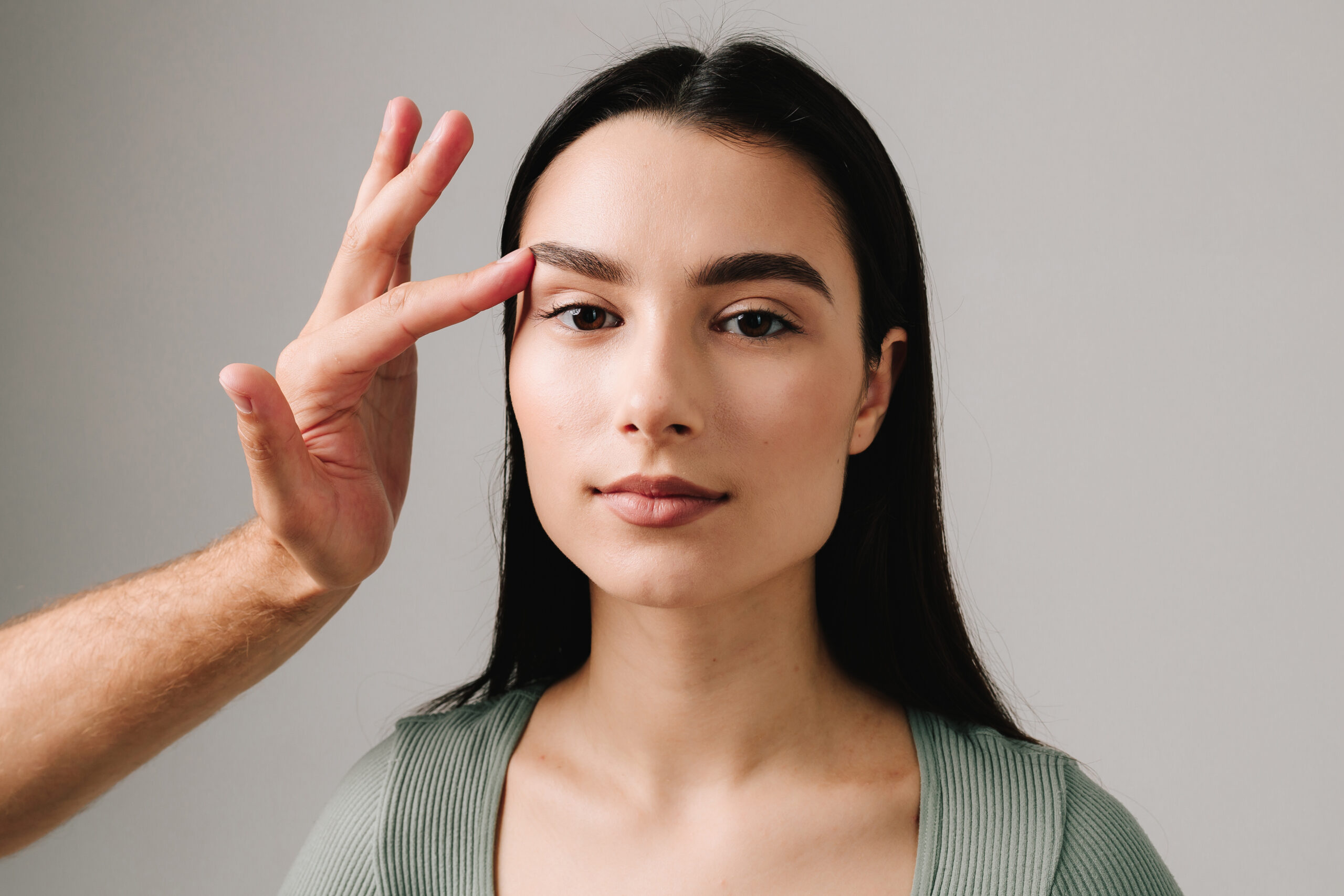Eye bags are one of the most common aesthetic concerns among men and women. Whether you’re in your 30s or well into your 60s, puffiness or sagging under the eyes can make you look tired, stressed, and older than you really are.
In this article, we break down the different types of eye bags, what causes them, and what treatment options are available.
Decoding Eye Bags: Understanding the Different Types
1. Fat Prolapse vs. Fluid Retention: Identifying the Root Cause
Puffiness under the eyes is not always caused by fat. In many cases, eye bags result from fat prolapse, which occurs when the protective fat around the eye pushes forward, creating a bulge under the skin. This is usually due to weakening of the orbital septum, a natural part of ageing.
In contrast, fluid retention can cause temporary puffiness that fluctuates throughout the day. This type of eye bag is often brought on by diet (especially with high salt intake), alcohol consumption, sleep habits, or allergies. While fluid-related puffiness can be reduced with lifestyle adjustments, fat prolapse typically requires surgical correction.
2. Genetic Eye Bags: Are You Predisposed?
Sometimes, eye bags run in families. If you’ve noticed puffiness under your eyes since your twenties or thirties, and one or both parents have similar concerns, there’s a good chance your condition is genetic. These types of eye bags may persist regardless of sleep quality or hydration levels and are often resistant to topical treatments.
3. Age-Related Changes: The Natural Progression of Eye Bags
As you age, several changes contribute to the formation of eye bags:
The skin under your eyes becomes thinner and loses elasticity.
Supporting muscles weaken, allowing fat to protrude.
Collagen production slows down, making the area appear hollow or puffy.
Age-related eye bags develop gradually and become more prominent over time. While they are a natural part of ageing, they can be made worse by other factors.
Unveiling the Causes of Eye Bags: Beyond Just Ageing
1. Lifestyle Factors: Habits That Exacerbate Eye Bags
Your eyebags may be a reflection of your lifestyle more than your age.
Lack of sleep: Poor sleep quality can cause blood vessels to dilate and fluid to pool.
High-sodium diets: Excess salt leads to water retention, particularly around the eyes.
Alcohol and smoking: Both can dehydrate the skin and weaken connective tissues.
Inadequate hydration: Dry or tired skin may appear sunken or puffy, depending on how your body retains fluid.
Making simple changes, such as getting adequate rest, reducing salt and alcohol intake, and quitting smoking, can sometimes reduce the prominence of mild to moderate eye bags.
2. Medical Conditions: Underlying Health Issues That Can Cause Eye Bags
In certain cases, puffiness under the eyes can be a sign of an underlying health condition such as:
Thyroid disease (especially Graves’ disease)
Kidney issues
Sinus infections
Dermatitis or allergies
These can cause inflammation or fluid buildup under the eyes. If your eye bags appear suddenly, worsen quickly, or are accompanied by other symptoms like itchiness or swelling, please consult a healthcare provider to rule out medical causes.
3. Environmental Influences: External Factors That Impact Eye Bags
Environmental stressors often show up first where your skin is most delicate: around the eyes. Common environmental triggers include:
UV exposure: Sun damage breaks down collagen, accelerating skin thinning and wrinkling.
Pollution: Fine particles in the air can cause oxidative stress, leading to inflammation and puffiness.
Climate: Dry air or excessive heat can dehydrate the skin or cause fluid retention.
Non-Surgical Treatment Options
- Topical creams and serums: Ingredients like caffeine, hyaluronic acid, and peptides can tighten and hydrate the skin.
- Dermal fillers: Injectables can smooth the transition between the cheek and the under-eye area, reducing the appearance of puffiness caused by hollowness.
- Laser therapy: Resurfacing lasers can tighten skin and stimulate collagen production.
- Radiofrequency (RF) treatments: Non-invasive and effective for mild laxity and early-stage eye bags.
Surgical Solutions Explained
For those with moderate to severe eye bags, lower eyelid blepharoplasty is a treatment they can consider. This eye bag surgery in Singapore involves:
Removing or repositioning excess fat
Tightening skin and muscle if needed
Improving the overall contour between the lower eyelid and cheek
The surgery is done under local or general anaesthesia and has a recovery period of around 2–4 weeks. Results are long-lasting and can rejuvenate your appearance.
Get Eye Bag Treatment and Surgery in Singapore
Tired of looking tired? At Argent Plastic Surgery, we offer both non-surgical and surgical options to treat under-eye bags, tailored to your facial structure and aesthetic goals.
We don’t just remove puffiness. We assess what’s causing it—fat pads, skin laxity or fluid retention—before matching you with a solution. Book a consultation today.

